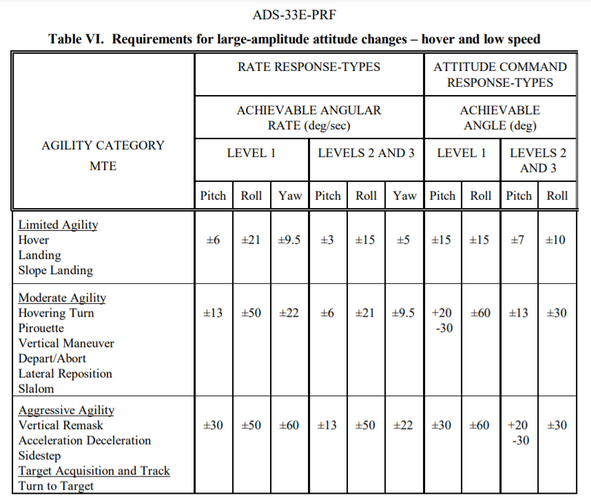shin_getter
ACCESS: Top Secret
- Joined
- 1 June 2019
- Messages
- 1,092
- Reaction score
- 1,467
Why would an aircraft with 5 hour of range need to be carried by another aircraft, one with both poor intrinsic payload/cost and fuel/range? Just add bigger fuel tanks!The ALTIUS-700 carries 300 percent more payload than the -600 and endures up to five hours of flight, depending on payloads, which are customizable and include ISR, cUAS, electronic warfare, munitions and signals intelligence.
I really do wonder if they even have a good case here. It seems more useful to invest in reliable communications than to spend big bucks for a contingency where people being face to face with eyeball mkI is the best course of the action, since it probably means you've already lost.Mostly because they have failed to get the DoD to comprehend the necessity for such a platform. Nor that the Army does not conduct reconnaissance in the same manner as that done by other services. Nor do I think they have adequately outlined that UAV cannot land next to the supported ground commander and talk over a map about what is "over the next hill", especially when communications means for the UAV are inoperable.
Then there is the question of using a bespoke design for this. Is spending an entire aircraft development program to add two dozen knots and cut the rotor diameter is really going to matter if one is on the wrong end of a manpad or an air superiority fighter? Pushing platform performance helps when it operates on the technological edge of opponent countermeasure and demand escalation from opponents, while it does little if the marginal performance improvements does little.






